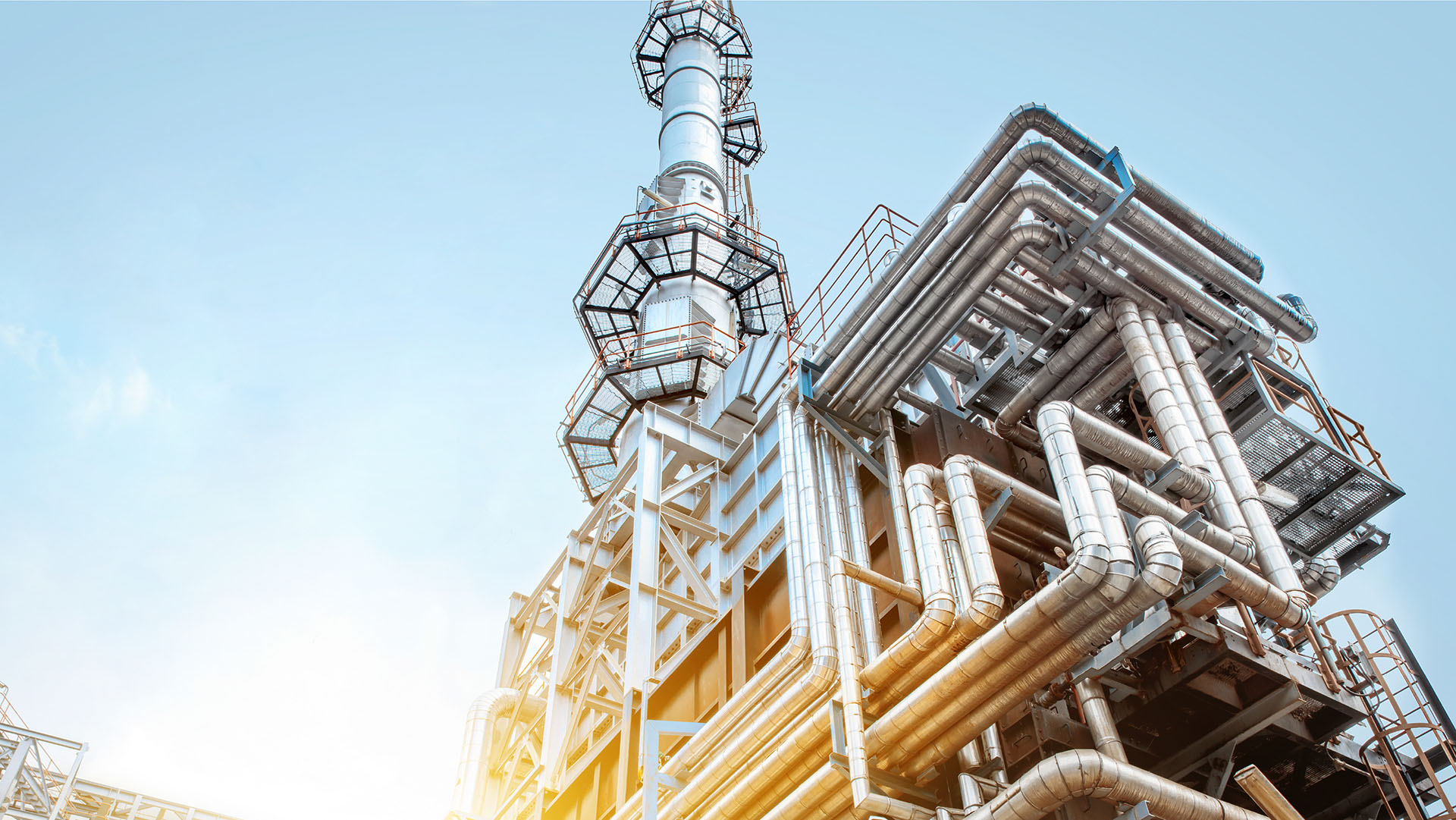Sealing Cap
Oil and gas production: Insulation body caps made of SUSTAPVDF
Without a cap, we can't carry a water bottle in our bag. Without an elaborate tank lid system on cars, each bend in the road would become a danger - caps are often inconspicuous. It is hard to understand their true importance, unless they are missing. At a very large scale, the same is true for oil and gas production at sea: Technologically sophisticated insulation caps are needed to safely close and protect the wellhead at the bottom of the sea. Without them, oil and gas would emerge into the sea. Rarely is a cap subjected to conditions as difficult as these. A leading developer of systems for the oil & gas industry has evaluated and found that the Röchling material SUSTAPVDF can operate in these most demanding of conditions for producing their caps.
About a third of natural gas and oil worldwide is currently produced through offshore drilling. As many deposits in shallow waters are already depleted and the drilling and production technology is constantly improving, companies venture into ever deeper ocean depths for gas and oil production. Once a new oil or gas deposit is tapped, any oil production company is faced with two questions: How can we extract these resources quickly and reliably and how can we stop oil and gas from emerging into the sea during the extraction process? It is all about economic viability and safety. Engineers develop sophisticated technology to solve these problems.
Once a deposit is tapped, the wellhead cannot just be connected to a pipeline. To enable flow control and monitoring, the wellhead is connected with a "subsea tree" - a complex technical system consisting of valves, connections and other components. The subsea tree has a production opening to which the production pipe is connected. High demands are made of the engineers who develop this system. They have a great responsibility: A failure of the subsea tree would be very costly for the operating company; replacing defective components at the bottom of the sea would be complex. The worst case, however, would be oil and gas emerging into the sea. For these reasons, every detail is important in the planning stage. Economic viability and efficiency go hand in hand with safety. The insulation caps are particularly important for operating safety. They prevent oil and gas from emerging into the sea.
Until the production pipe is connected with the production opening of the subsea tree oil or gas must be prevented from emerging. For this reason, the opening is closed and protected with an insulation body cap. There is probably no other cap in the world which has to meet more stringent requirements than this cap at the bottom of the sea.
Insulation body cap
Thermal insulation is an important criterion. The insulation body cap must insulate the hot natural resources inside the production opening with temperatures of approx. 120 °C from the surrounding sea temperature of approx. 4 °C. If the oil or gas in the area of the connections cools down, this could impair production. It can cause clogging up of the wellhead, leading to production downtime. In addition, the insulation body cap must be resistant to oil and gas as well as anti-marine growth agents used to prevent natural underwater fouling in the criticial connection area. Furthermore, the insulation body cap must be resistant to permanent contact with the corrosive salt water. As maintenance or even more so replacement of a cap at the bottom of the sea is work-intensive and costly, engineers develop insulator caps with a service life of at least 25 years. This makes the use of the correct material absolutely essential.
A leading manufacturer uses the Röchling material SUSTAPVDF for producing their insulator caps. This material is suitable for use in a temperature range between -40 °C and +140 °C and provides a high operating safety due to its resistance to corrosive salt water as well as oil and gas. Compared with insulator caps made of steel, its weight is also an advantage: With an equivalent design, an insulator cap made of SUSTAPVDF is approx. 78% lighter. In particular, this facilitates the handling during the installation at the bottom of the sea, which is carried out by "ROVs" (Remotely Operated Vehicles). In addition, SUSTAPVDF is more flexible than steel so that the sensitive technical components of the wellhead or subsea tree cannot be damaged by jostling or impacts during the installation of the cap.
More information about our materials for Oil & Gas:














